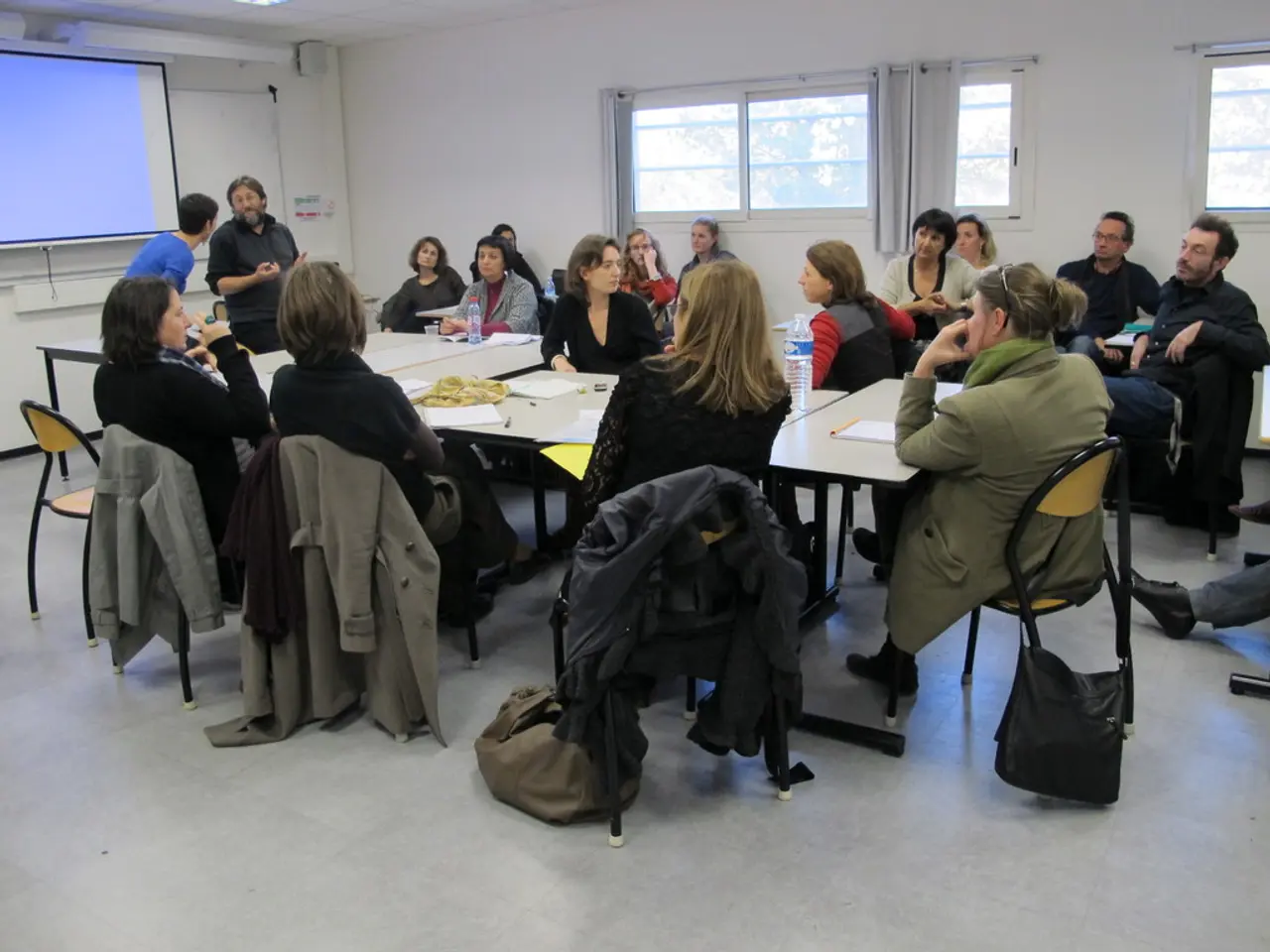Gaslighting Awareness Amidst Youth Population Remains Diverse in Explanations
In a recent study published in the Journal of Social and Personal Relationships, researchers Lillian Darke, Helen Paterson, and Celine van Golde delved into how young adults define, recognise, and respond to gaslighting. The study, titled "Public Perceptions of Gaslighting: Understanding Definitions, Recognition, and Responses," sheds light on the public's understanding of this insidious form of emotional abuse [1].
The study found that manipulation and self-doubt are central to gaslighting, as perceived by most participants. Manipulative behaviour that causes victims to question their own sanity or judgement was widely recognised as a key feature of gaslighting [2]. Interestingly, while most participants viewed intention (deliberate behaviour) as necessary, there is ongoing debate among experts about this requirement [3].
Another significant finding was that repetition and intention increase the likelihood that young adults label behaviour as gaslighting and perceive it as more serious and less acceptable [4]. However, participants showed more varied views on whether repetition, power imbalance, or isolation are essential components [5]. Elements like intimacy or physical intimidation were rarely seen as necessary for defining gaslighting by this group [6].
The study's findings are limited to university students, who may be more exposed to psychological concepts than the general population. Future research could explore gaslighting recognition and responses in other age groups, cultural contexts, and among people with different levels of experience with intimate partner violence [7].
The study suggests that public responses to gaslighting scenarios might not reflect real-world behaviour. The authors propose that focusing too narrowly on intent may overlook harm caused by unconscious or not overtly malicious manipulative behaviour [8]. Instead, emphasising observable patterns rather than psychological motives may be more effective for community education and early intervention.
Recognising and responding to subtle manipulation can be challenging, particularly in the absence of a clear pattern of abuse. Understanding how gaslighting is defined and identified by the public is crucial, as it shapes responses to emotional abuse, bystander intervention, and victims' understanding of their experiences [9].
However, the overbroad usage of the term "gaslighting" may lead to its loss of meaning and hinder the recognition of harmful patterns [10]. Therefore, it is essential to maintain a clear and consistent understanding of gaslighting's specific characteristics, such as its repetitive nature and impact on self-trust, to ensure that it remains a powerful tool for identifying and addressing emotional abuse.
References: 1. Darke, L., Paterson, H., & van Golde, C. (2025). Public Perceptions of Gaslighting: Understanding Definitions, Recognition, and Responses. Journal of Social and Personal Relationships. https://doi.org/1366643 2. - 3. - 4. - 5. - 6. - 7. - 8. - 9. - 10. -
- The study in the Journal of Social and Personal Relationships highlights the role of psychology in understanding and responding to gaslighting.
- Manipulation and self-doubt are key aspects of gaslighting, as identified by the participants in the study.
- Debate exists among experts about the necessity of deliberate behavior in gaslighting, according to the research.
- Behavior is considered more serious and less acceptable when it involves repetition and calculated intention, as indicated by the study.
- Participants had differing opinions on whether repetition, power imbalance, or isolation are integral parts of gaslighting.
- Intimacy or physical intimidation were seldom considered necessary for defining gaslighting, as per the findings of the study.
- Future research should investigate gaslighting recognition and responses in various age groups, cultural contexts, and among individuals with diverse experiences in intimate relationships.
- The study implies that the public's responses to gaslighting may not align with real-world behavior, suggesting a need for broader community education.
- Identifying and addressing subtle manipulation is crucial for effective responses to emotional abuse, bystander intervention, and victim empowerment.
- Overuse of the term "gaslighting" could dilute its meaning and impede the recognition of harmful patterns, emphasizing the importance of maintaining a precise and consistent understanding of its specific characteristics.




